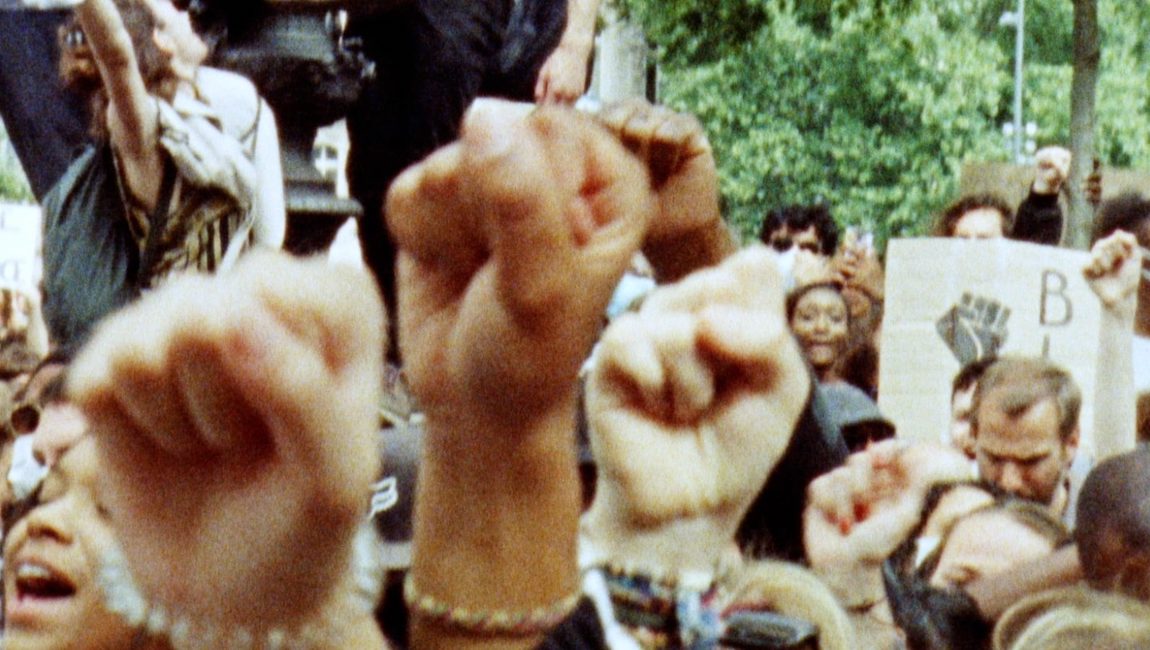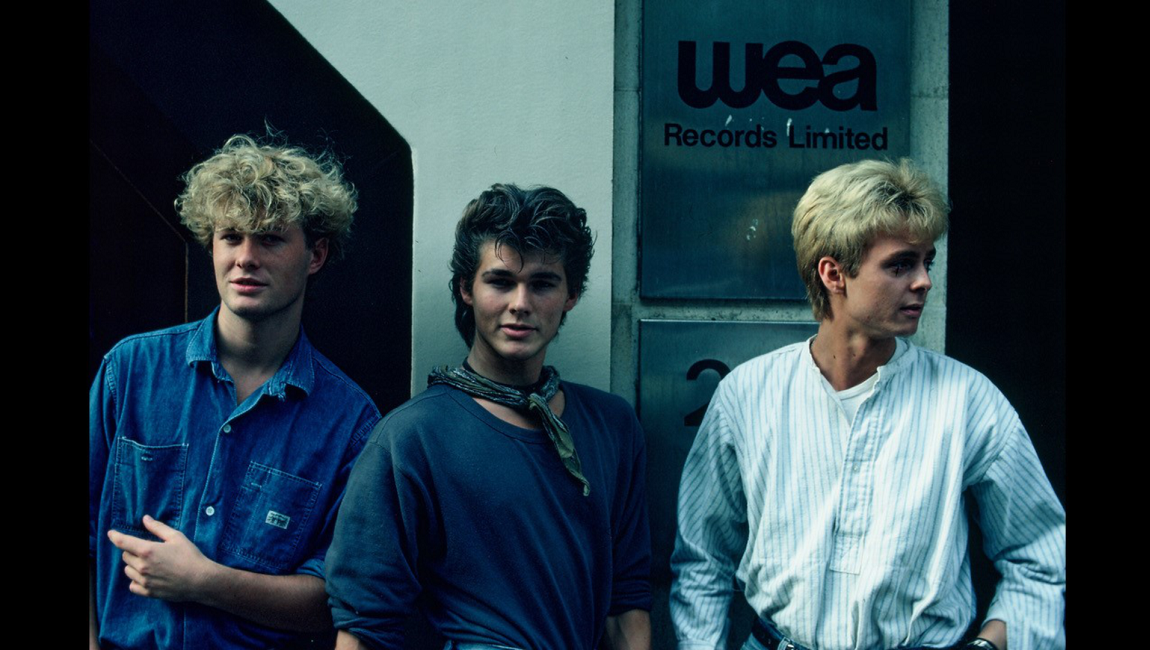Beginning life as a multimedia installation mixing sculpture, film, and paper archival documents, Éric Baudelaire’s When There Is No More Music to Write project has evolved into a new form, with a slightly addended title. Making its North American premiere at Film at Lincoln Center’s 2022 edition of Art of the Real, When There Is No More Music to Write, and Other Roman Stories presents a more concise, 60-minute cinematic rendition of Baudelaire’s exhibition, a research-heavy project undertaken with music historian Maxime Guitton that centers on the life and work of avant-garde composer Alvin Curran.
Somewhat disorienting initially, When There Is No More Music to Write begins with a pair of short prologues that inform the body of this text, kicking off with a contextless political anecdote entitled “Four Flat Tires” and then followed by “The Lost Score,” a short Super 8 mm visual made to accompany a rediscovered Curran piece. Both chapters attempt to lock into Curran’s particular rhythms early and establish a visual style that echoes the composer’s erratic, mixed-source compositions, before threading into the title chapter, “When There Is No More Music to Write.” Intermingling the newly shot Super 8 with era-appropriate archival footage, Baudelaire achieves a functional approximation of his subject’s approach, serving as a suitable backdrop for Curran’s voiceover and the sampling of his work that serves as the film’s score, though basically just that. One can see why Baudelaire finds Curran so beguiling, a tremendous figure in the context of contemporary classical avant-garde music whose work was born out of, and actively concerned itself with, the extreme political tumult that characterized Italy’s Years of Lead. Baudelaire, who began his career in the political sciences, directs When There Is No More Music to Write’s focus at the intersection of Curran’s activism and his art, with the way the two inform one another ultimately becoming filmmaker’s primary fixation. Somewhat disappointing after the unmoored, mysterious introductory chapters, When There Is No More Music to Write, and Other Roman Stories is at least an unconventional portrait of this particular artist that correctly connects the (debatably) elusive motivations of the mid-century avant-garde to explicit political event. It’s a neatly composed film that narrows (a bit too much) in scope as it unfolds.
Published as part of Art of the Real 2022 — Dispatch 1.







